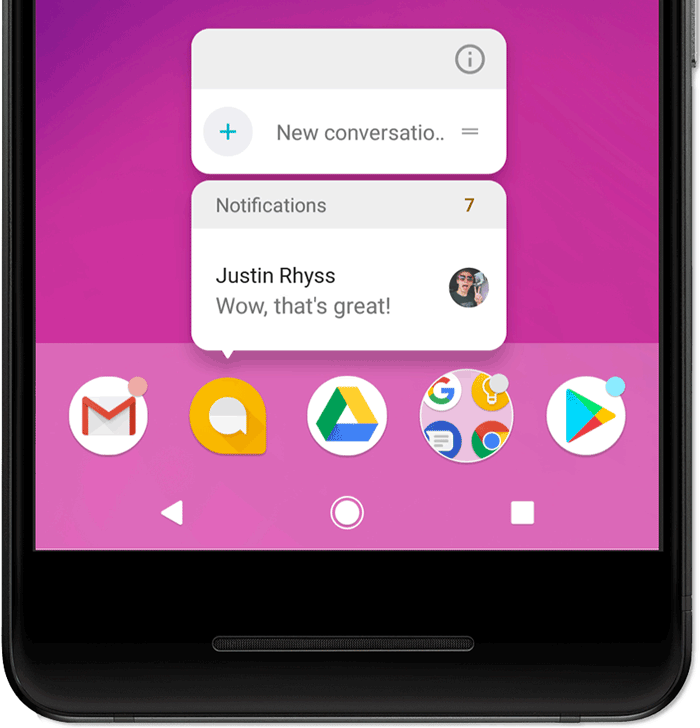
In today’s world of mobile applications, notifications play a crucial role in keeping the users engaged and informed about the latest updates. Android apps are no exception to this trend, and implementing notifications is an essential aspect of developing an Android app. In this blog, we will discuss the steps involved in implementing notifications for an Android app.
Understanding Notifications in Android
Before we dive into the implementation part of notifications, it is essential to understand how notifications work in Android. Notifications are messages that appear outside of the app’s user interface, and they allow the users to respond to the app’s events without opening the app. Notifications can appear as a banner, an icon in the status bar, or an alert sound, depending on the user’s settings.
Steps to Implement Notifications in Android
Now that we have a basic understanding of what notifications are let’s discuss the steps involved in implementing notifications in an Android app.
Step 1: Create a Notification Channel
The first step in implementing notifications in an Android app is to create a notification channel. A notification channel is a way of grouping notifications based on their importance and type. To create a notification channel, you need to instantiate the NotificationChannel class and set its importance and other properties.
Step 2: Build a Notification
Once you have created a notification channel, the next step is to build a notification. To build a notification, you need to instantiate the NotificationCompat.Builder class and set its properties such as the title, message, icon, and channel ID. You can also set actions that the user can perform when they interact with the notification.
Step 3: Display the Notification
The final step in implementing notifications in an Android app is to display the notification. To display the notification, you need to call the NotificationManagerCompat.notify() method and pass in the notification ID and the notification object that you created in the previous step.
Conclusion
Implementing notifications in an Android app is an essential aspect of developing a mobile app. Notifications keep the users engaged and informed about the latest updates. In this blog, we discussed the steps involved in implementing notifications in an Android app. By following these steps, you can create notifications that are both informative and engaging for your users.